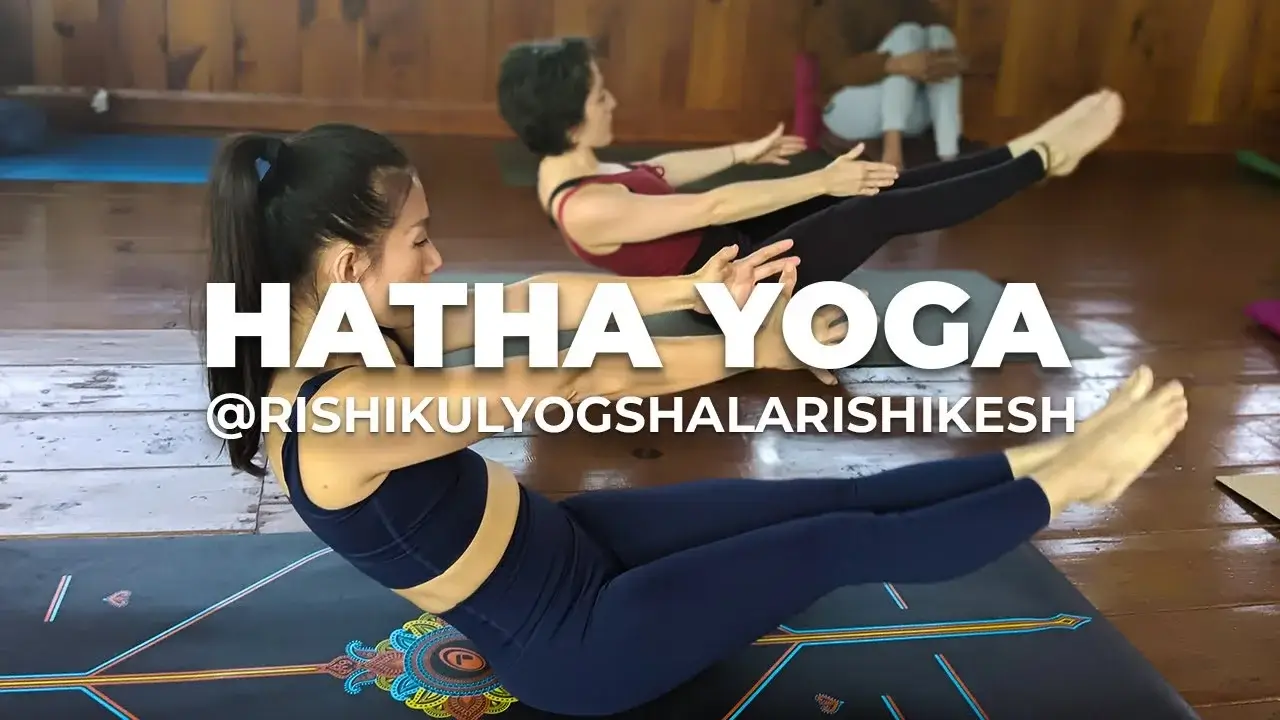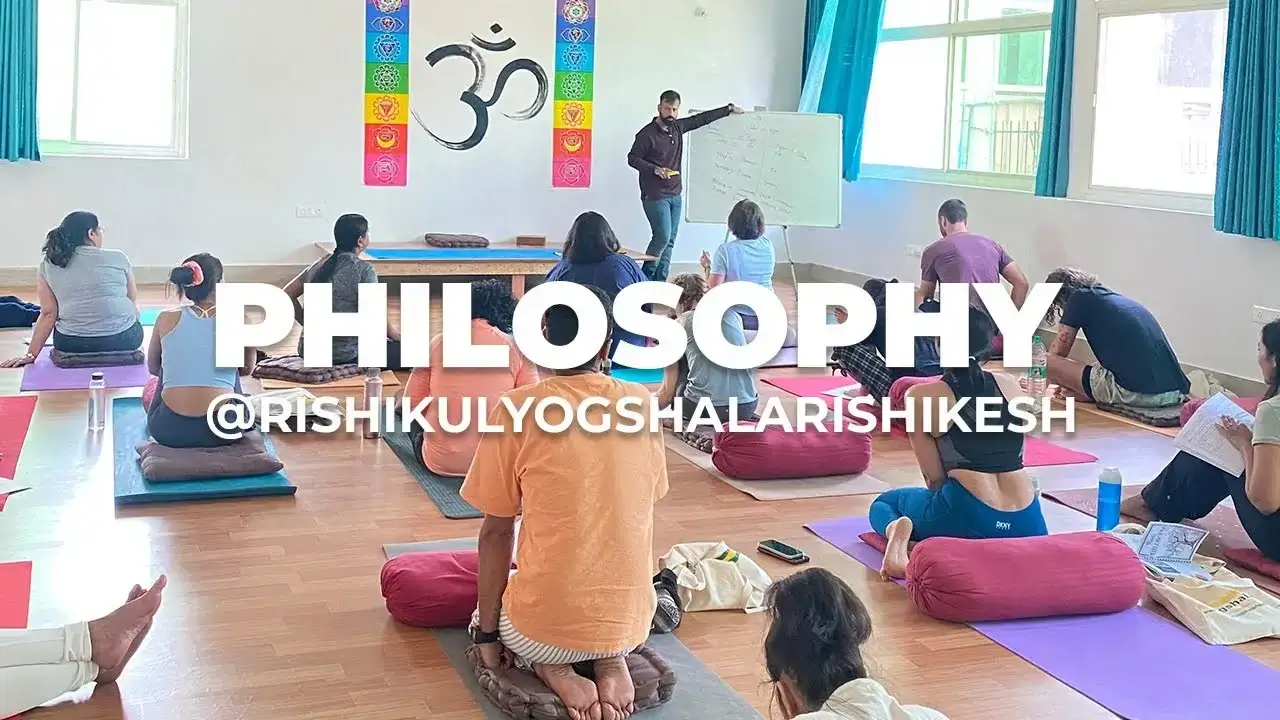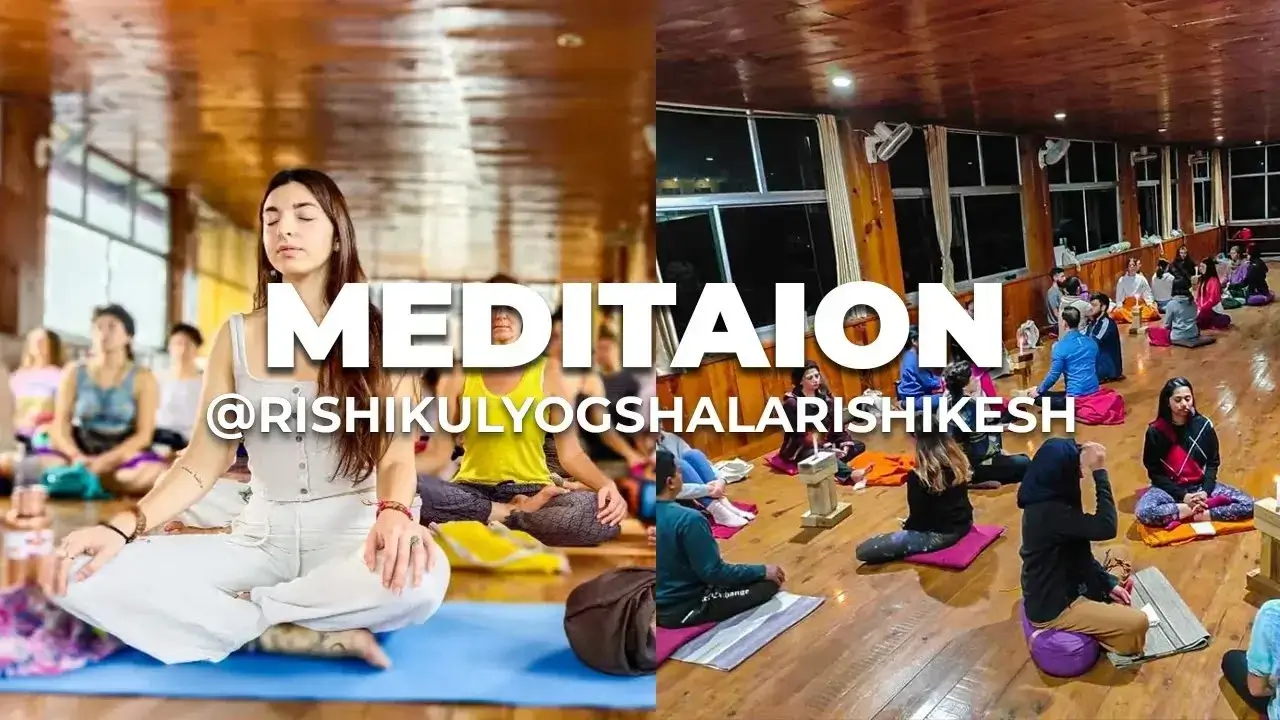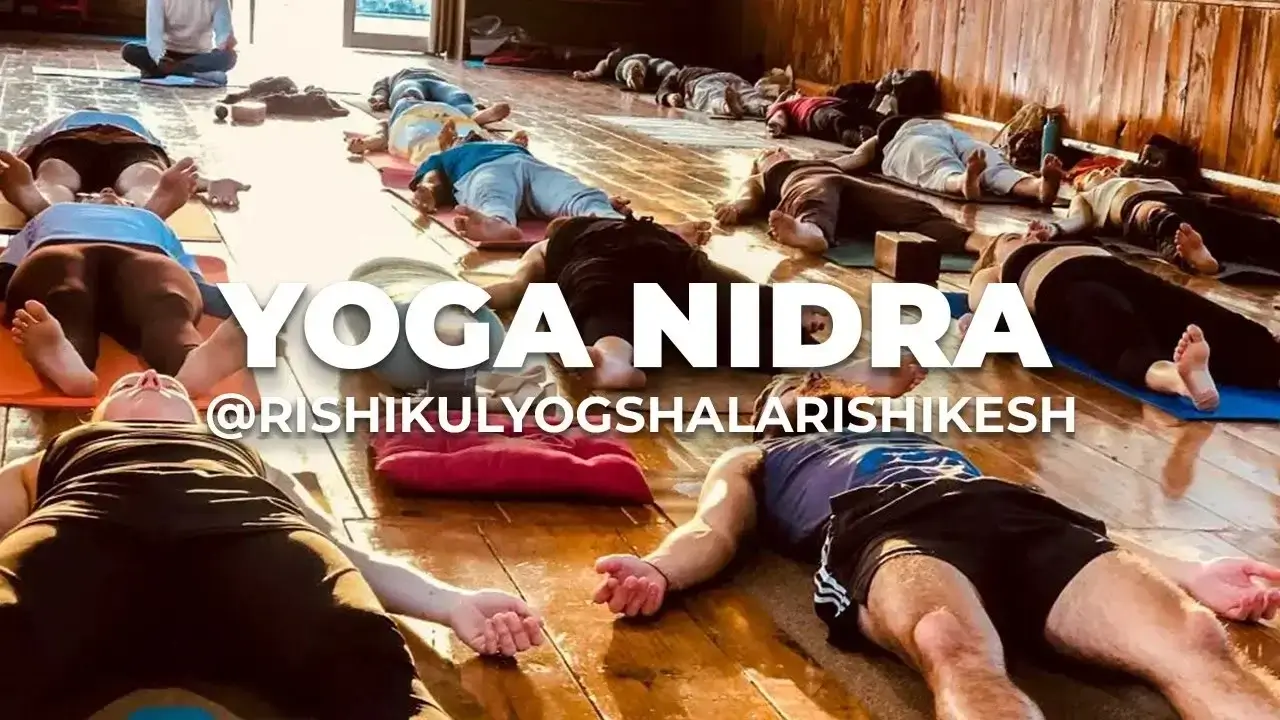Iyengar Yoga is named after the late BKS Iyengar, who is credited with bringing yoga to all age groups with the support of Props.
This form of Yoga appeals to all abilities, age groups and body types as the poses can be modified to suit your body using props such as bricks, belts and blankets.
This type of Yoga aligns the physical body in line with the mental body, the mental body with the intellectual body, and the intellectual body with the spiritual body, so they are balanced.
As per the B.K.S Iyengar - Each asana has an optimum line or position. From the head to the foot, from the front to the back, from the right to the left—without deviation, without distortion
 Hurry up limited seats!!!
Take the next steps!
Hurry up limited seats!!!
Take the next steps!



























